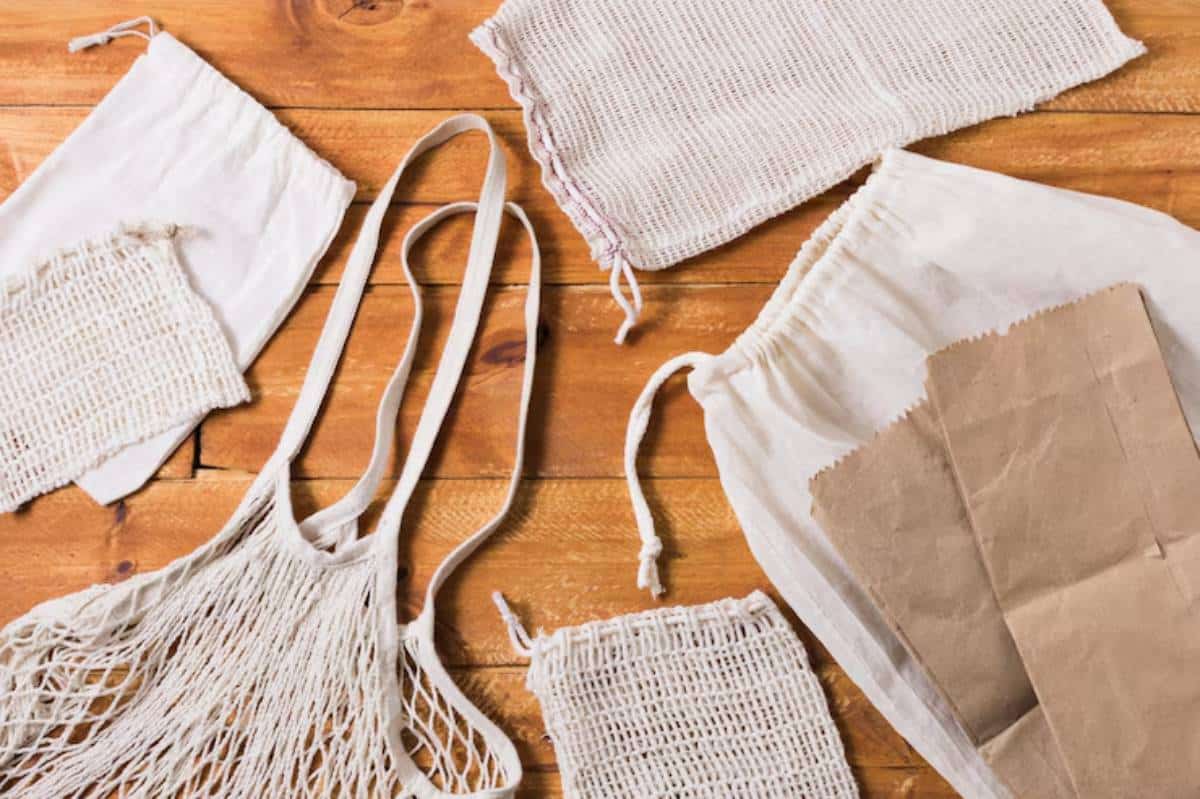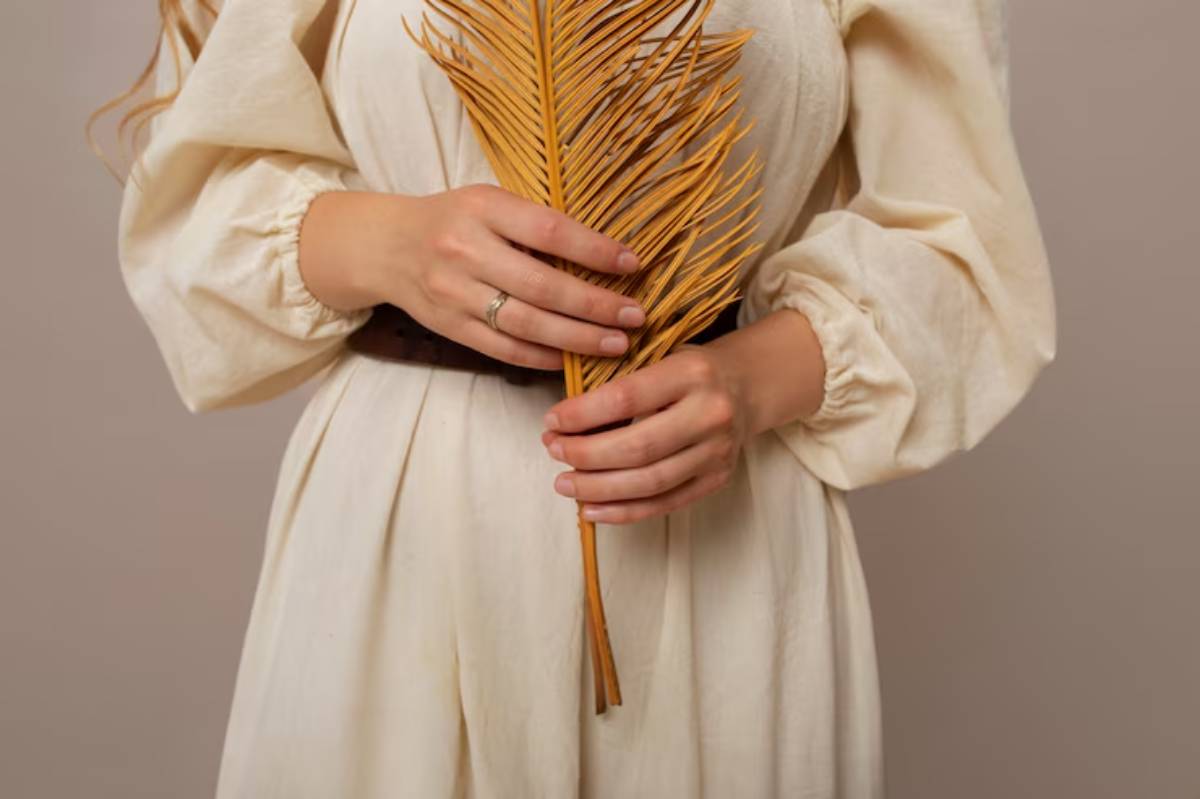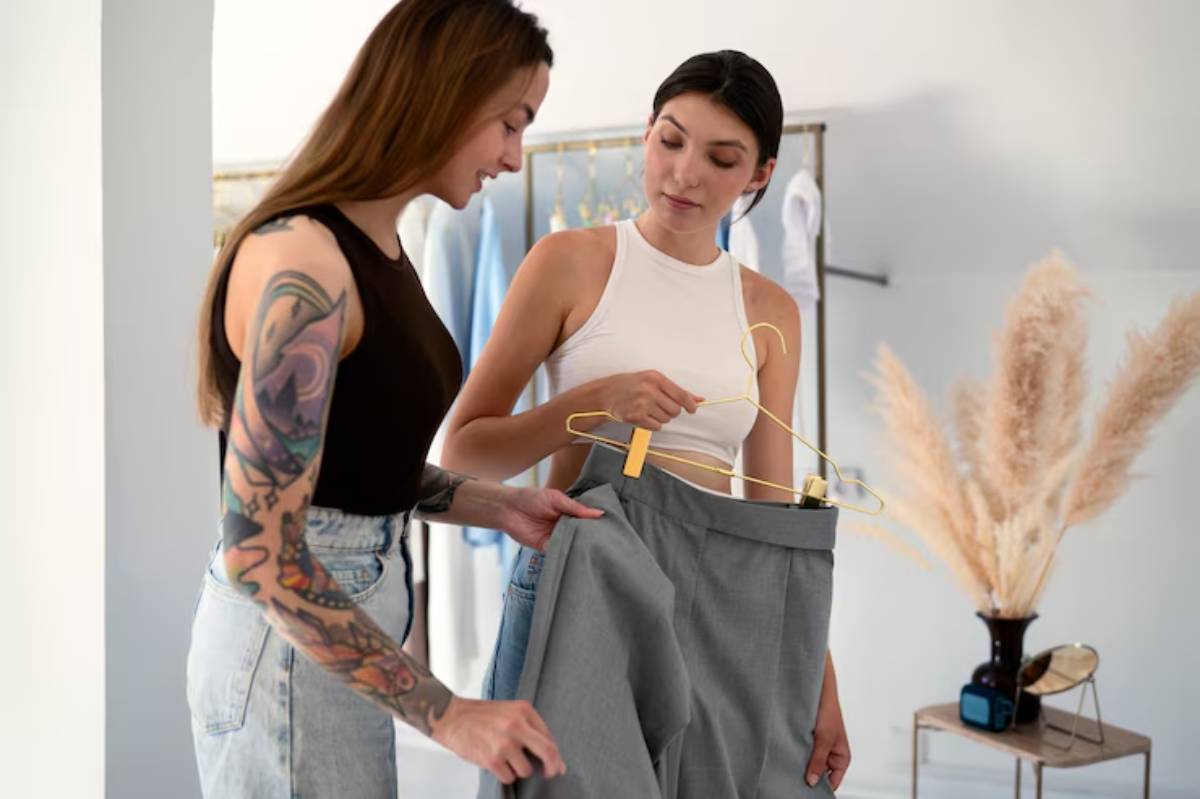
Best Materials to Repurpose for Eco-Fashion Projects
Rethink What’s Already in Your Wardrobe
We often think the path to sustainable fashion lies in buying organic cotton tees or bamboo loungewear. But here’s the thing — the greenest garment is the one you already own. And more often than not, our homes are full of forgotten clothing and old materials just waiting to be brought back to life.
Whether you’re a sewing pro, a DIY hobbyist, or someone simply trying to shop less and wear more, learning to spot the best sustainable fabrics for repurposed clothing can transform how you build your wardrobe. From old bedsheets to worn-out jeans, there’s a world of upcycled material ideas ready to be explored — no fast fashion required.
This blog explores the most versatile and environmentally friendly materials you can reuse for your next eco-fashion project. You’ll gain practical tips, inspiring examples, and the confidence to start repurposing pieces that are already within arm’s reach.
Why Material Choice Matters in Sustainable Fashion

Reducing Waste, One Fibre at a Time
Fashion is one of the most wasteful industries on the planet. According to the Ellen MacArthur Foundation, a truckload of textiles is landfilled or burned every single second. Choosing the right materials for upcycling can drastically reduce textile waste, lower carbon emissions, and extend the lifecycle of existing fabrics.
Natural vs. Synthetic: What to Prioritise
When repurposing clothing, natural fibres such as cotton, linen, wool, and silk are easier to work with and more biodegradable than synthetics. That said, recycled polyester or nylon can also be worthwhile, especially if it helps keep plastic out of oceans and landfills.
Key qualities to look for:
- Durability
- Ease of sewing or shaping
- Low energy input for care and maintenance
- Minimal chemical treatment
1. Denim: A Timeless Staple for Upcycling
Why It Works
Denim is a rugged, hardwearing material that holds shape well and softens over time. It’s ideal for bags, accessories, aprons, jackets, and patchwork projects. Its universal appeal means upcycled denim never really goes out of style.
Best uses:
- Tote bags
- Utility aprons
- Patches for distressed garments
- Chunky outerwear details
Tip: Save back pockets and belt loops — they make brilliant embellishments or functional features.
For more inspiration, check out DIY Upcycled Denim: Turn Jeans into Something New for creative ways to bring old jeans back to life.
2. Cotton Shirts: Soft, Adaptable, and Everywhere

Why It Works
Cotton is breathable, easy to cut and sew, and incredibly versatile. Old shirts, particularly oversized ones, can be transformed into crop tops, wrap skirts, or even home décor items like cushion covers or napkins.
Best uses:
- Reconstructed blouses
- Children’s clothing
- Face masks and hair accessories
- Lining fabric for bags
Upcycle tip: Mix cotton patterns (like stripes and florals) for a modern patchwork look.
3. Wool: Perfect for Cold-Weather Creations
Why It Works
Wool garments tend to be thicker and more durable. And while they’re harder to sew, they insulate beautifully and can be cut and re-shaped without fraying. Felted wool — made by shrinking old jumpers — opens even more doors.
Best uses:
- Beanies, mittens, or scarves
- Padded laptop sleeves
- Layered skirts or vests
- Upcycled winter coats
Pro tip: Intentionally shrink wool jumpers to create a dense, pliable felt ideal for cutting without hemming.
4. Linen: Light, Earthy, and Long-Lasting

Why It Works
Linen is a naturally antibacterial, biodegradable fabric that gets better with age. It’s breathable for summer wear and adds a relaxed, rustic charm to any outfit or home project.
Best uses:
- Boho-style tunics or wrap tops
- Summer trousers
- Market bags or produce pouches
- Cushion covers or tea towels
Sustainable fashion hack: Combine different neutral-toned linens for a tonal, capsule-inspired look.
5. Jersey Knit: Comfortable and Creative
Why It Works
Soft, stretchy, and typically used for t-shirts and loungewear, jersey knit is great for beginners. It doesn’t fray, and you can often get away without hemming.
Best uses:
- Headbands or infinity scarves
- Wrap dresses
- Joggers or harem pants
- Baby clothes
Restyling idea: Turn an oversized tee into a twist-knot crop top or ruched mini-dress.
For guidance on working with t-shirts, see How to Transform Old T-Shirts into Trendy Tops.
6. Silk and Satin: Glamorous Second Lives
Why It Works
Though delicate, silk and satin are beautiful when given a second chance. They’re perfect for adding elegance to accessories or revamping formalwear into more wearable pieces.
Best uses:
- Slip skirts
- Hair ties or scrunchies
- Lingerie-inspired tops
- Scarf tops or bandanas
Care advice: Hand-wash gently or dry clean, and use sharp scissors to avoid fraying during cuts.
7. Curtains, Sheets, and Tablecloths
Why It Works
These often-forgotten household linens offer large pieces of fabric — a dream for upcyclers. They’re also usually made from sturdy cotton or linen blends.
Best uses:
- Maxi skirts
- Smock dresses
- Reusable shopping bags
- Kids’ costumes
DIY tip: Use the hems and seams already built into these items to cut down on sewing time.
8. Leather and Faux Leather
Why It Works
Leather adds sophistication and longevity to your creations. Even faux leather from old bags or jackets can be reused for durable trims or accessories.
Best uses:
- Wallets or cardholders
- Elbow patches on jumpers
- Clutch bags
- Strap accents on garments or backpacks
Craft caution: Use a strong needle and consider hand-stitching or using clips instead of pins.
9. Lace and Embroidered Pieces
Why It Works
Lace is delicate but adds stunning visual interest. Often salvaged from formalwear or vintage pieces, it brings uniqueness to your final design.
Best uses:
- Sleeve inserts
- Neckline accents
- Heirloom-style bags or collars
- Decorative patches on denim
Style advice: Use lace as an overlay for cotton or linen to add depth and romance to an otherwise plain garment.
10. Mixed Material Scraps: Zero Waste Extras
Every scrap has potential — especially when used creatively.
Ways to use up smaller bits:
- Patchwork jackets or quilts
- Fabric-wrapped buttons
- Statement jewellery like fabric-covered earrings
- Pocket linings or embellishments
Pro tip: Keep a fabric bin to collect all your offcuts. You never know when they’ll be useful for a last-minute project.
Eco-Friendly Tools to Pair with Your Upcycled Materials
Working sustainably goes beyond fabric choice.
Here are a few additions to make your projects greener:
- Biodegradable thread
- Natural dyes like beetroot, turmeric, or indigo
- Reused buttons, zips, and trims
- Hand-stitching techniques to reduce energy use
These little choices amplify the positive impact of each repurposed project.
Conclusion: A Material World Worth Reimagining
When you rethink your materials, you reshape your mindset — and your wardrobe. Every repurposed piece is a story of creativity over consumption, of using what you have instead of chasing something new. And the best part? There’s no one “right way” to upcycle. Whether you’re breathing new life into denim, turning old bedsheets into boho dresses, or layering wool scraps into a patchwork masterpiece, you’re making a real impact.
So, take a fresh look at your wardrobe, your linen cupboard, and even your charity shop haul. Your next eco-fashion project might be hiding in plain sight.


